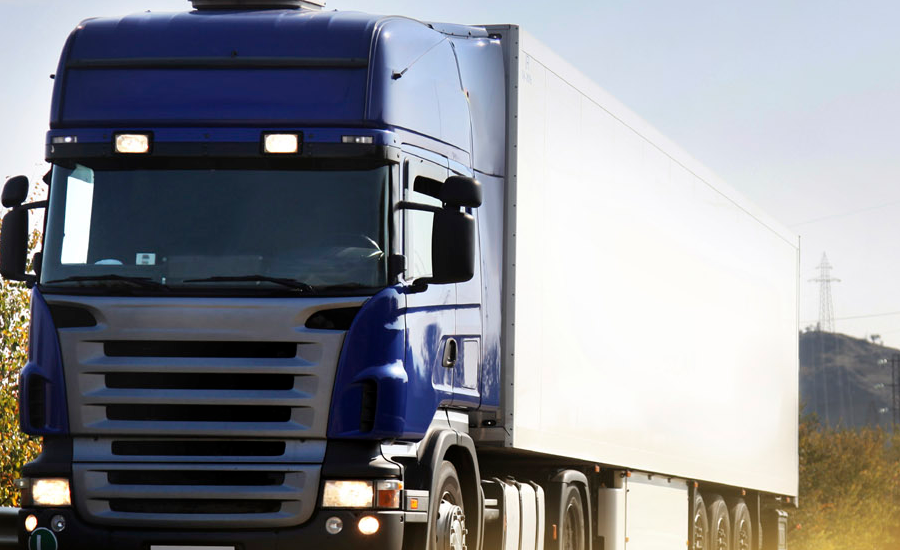Despite concerns that a rise in automated vehicles will displace significant numbers of truck drivers, a new report finds that only a modest number of truck driver jobs, if any, will be affected.
The report was commissioned by the American Center for Mobility, led by Michigan State University and supported by Texas A&M Transportation Institute and projects that significant numbers of automated vehicles will not be deployed until the latter half of the 2020s.
At that point, we could see a loss in passenger car-based driving jobs such as taxicab drivers, according to researchers. But due to existing truck driver worker shortages, and the belief that automated technology will largely support truck drivers instead of replacing them, truck drivers are not likely to be displaced in large numbers, says the report.
The news comes the day after the Insurance Institute for Highway Safety, a nonprofit funded by auto insurers, released the results of a study casting doubt on how ready advanced driver assistance systems are to take over driver functions.
Evaluations of adaptive cruise control and active lane-keeping show variable performance in typical driving situations, IIHS said, such as approaching stopped vehicles and negotiating hills and curves. “The early results underscore the fact that today's systems aren't robust substitutes for human drivers.”
Expect Shifts in Workforce Demands
“Automated vehicle technology could incorrectly be viewed as a change that will eliminate driving jobs,” said Shelia Cotten, MSU Foundation professor of media and information, who led the research. “However, the more nuanced assessment is that over the next decade, the innovation will foster broader societal changes resulting in shifts in the workplace and workforce demands.”
In addition, she said, this level of advanced technology has the potential to lead to the creation of thousands of new jobs in areas such as engineering, data analysis, cybersecurity, and vehicle “monitoring.”
“Based on data collected from industry experts during the study, there is already a significant demand in several of these areas related to AVs.”
What will be needed, however, is training.
“The results of the report indicate substantial and multifaceted education and training efforts will be needed to transition the workforce and public for automated vehicles,” said Soraya Kim, ACM’s chief innovation officer.
“In the near-term, there is great potential for these technologies to assist commercial drivers in safely operating trucks. Longer-term it will be important to define, develop and deliver targeted training for the workforce,” said Christopher Poe, assistant director for connected and automated transportation strategy, Texas A&M Transportation Institute.
Based on the report’s findings, ACM and the study authors recommend the following steps be taken:
- Conduct additional research that captures the input of the vehicle operators in different workforce sectors on what training they would be interested in pursuing.
- Identify, in greater detail, the specific skillsets needed by the automotive and technology industries to facilitate the creation and adoption of AVs.
- Establish rapid coursework and training that meets those specific needs.
- Conduct additional research to quantify the overall positive financial impact of automated vehicle technology on the economy as a whole, and the potential for job creation.
The research was funded by ACM, Waymo, AARP and the Toyota Research Institute.
Source: https://www.truckinginfo.com
The American Center for Mobility is a nonprofit testing, education and product development facility for future mobility, designed to enable safe validation and self-certification of connected and automated vehicle technology, and to accelerate the development of voluntary standards. ACM is one of 10 U.S. DOT-designated Automated Vehicle Proving Grounds in the U.S.




